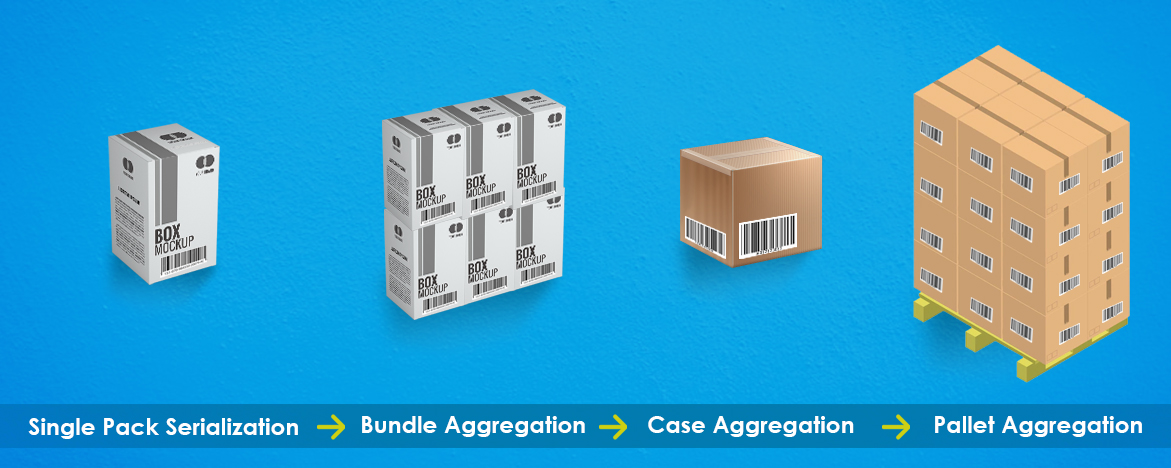
Counterfeit medicine is a major issue all around the world. It is estimated that a significant portion of a pharmaceutical products is counterfeit, and this figure is increasing yearly. Counterfeit drugs endanger the reputation and revenue of legitimate pharmaceutical firms as well as the public's health and safety. As a result, Regulatory Authorities around the world have made it mandatory to implement traceability systems, also known as Track and Trace Systems, which include both serialization and product solution to combat counterfeit medicines and provide transparency in the pharma supply chain process.
With serialization being adopted by the USA and EU, the pharma industry has started to realize the benefits that come along with it. As a result, over forty (40) countries have introduced laws requiring drug product tracking. Also, these nations have defined product aggregation and serialization in traceability processes, either directly or indirectly. To understand why authorities, regulate pharmaceutical aggregation alongside serialization in traceability operations, it is necessary to define pharmaceutical aggregation first.
What is Pharmaceutical Aggregation?
Aggregation assigns a unique serial number to exclusively serialized products at higher packaging levels. The serialized items are transferred to a larger container (case, bundle, or pallet). Each unit in a bundle of bottles or cartons has its own serial number, but the bundle itself has a top label with a unique serial number.
Consider how a packaging hierarchy is formed when a serialized carton is placed in a case. As more serialized cartons are inserted into the case, their serial numbers are aggregated and linked to the Serial Shipping Container Code (SSCC). An aggregation software solution is used to generate the SSCC. The SSCC appears on the label that is attached to the case. It contains information about all the cartons presents inside the case.

Why is Aggregation Essential in Pharma Supply Chain Management?
Aggregation is required to ensure the safety and security of the pharmaceutical supply chain. It improves traceability and transparency while allowing for effective returns management. It also eliminates the requirement for each unit scanning. Warehouses and storage facilities save time and money since it improves the flow of the pharmaceutical supply chain. Workers, for example, may decommission defective pallets with a single scan of a barcode, and companies can process recalls and refund more quickly and precisely.
As companies begin to adopt serialization, the next logical move is adopting aggregation. The Health Authorities are gradually shifting their focus to serialization and aggregation as they have realized the benefits these could bring in terms of patient safety and supply chain management. It’s time for pharma companies to start adopting product aggregation along with serialization. Thus, outsourcing all the activities related to artwork to an experienced Regulatory partner like Freyr can lead the way to global compliance. Get in touch with us now!









